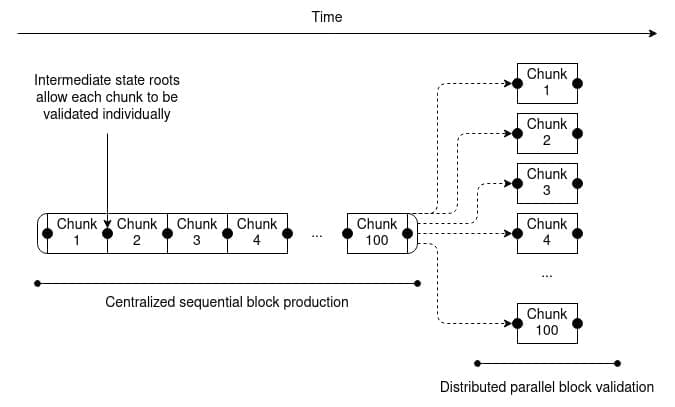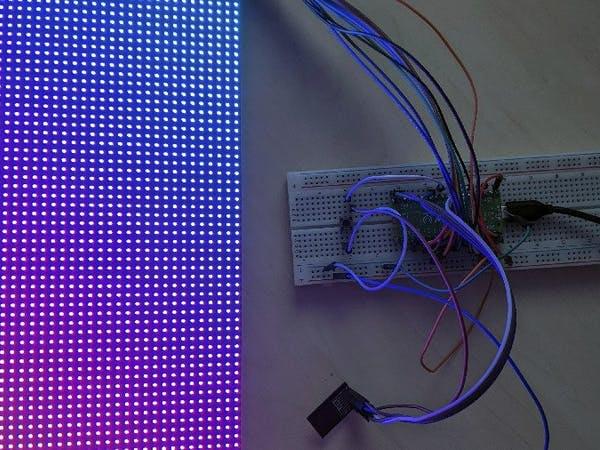Special thanks to a whole bunch of people from Optimism and Flashbots for discussion and thought that went into this piece, and Karl Floersch, Phil Daian, Hasu and Alex Obadia for feedback and review.



NASA has warned that a giant asteroid bigger than the Eiffel Tower will break into Earth’s orbit in just over a week.
The 1,082-foot space rock is heading our way and should skim past us on December 11.
NASA has its eye on Asteroid 4,660 Nereus because it’s well over 492 feet long and will come within 4.6 million miles of Earth.


British utility SSE and Norwegian energy giant Equinor announced late last week that they have secured financing to proceed with the construction of the $3.98 billion Dogger Bank C offshore wind farm off England’s northeast coast.
Dogger Bank C offshore wind farm, along with Dogger Bank A and Dogger Bank B, is due to become the largest offshore wind farm in the world upon completion, with an installed capacity of 3.6 gigawatts (GW). Each phase is 1.2 GW.
Dogger Bank C will generate around 6,000 gigawatt hours (GWh) of electricity a year when completed in 2026.
Follow us on GAB — https://gab.com/home.
Follow us on GETTR: https://gettr.com/user/tfiglobal.
Please support us on Patreon — https://www.patreon.com/tfiglobal

The US Space Force installed a high tech new radar system this week that it says will be able to detect objects the size of baseballs in orbit.
The massive monitoring system, dubbed the Long Range Discrimination Radar (LRDR), is located at the Clear Space Force Base near Fairbanks, Alaska, according to The Anchorage Daily News. The radar is slated to support the US missile defense system and provide reconnaissance data in space.
“Today marks an extremely important milestone for US homeland defense,” US Missile Defense Agency (MDA) director Jon Hill said in a press release yesterday. “The LRDR has finished construction, and we can now begin the testing phase that will lead to the full operational use of this vital system.”

Working with two teams of mathematicians, DeepMind engineered an algorithm that can look across different mathematical fields and spot connections that previously escaped the human mind. The AI doesn’t do all the work—when fed sufficient data, it finds patterns. These patterns are then passed on to human mathematicians to guide their intuition and creativity towards new laws of nature.
“I was not expecting to have some of my preconceptions turned on their head,” said Dr. Marc Lackenby at the University of Oxford, one of the scientists collaborating with DeepMind, to Nature, where the study was published.
The AI comes just a few months after DeepMind’s previous triumph in solving a 50-year-old challenge in biology. This is different. For the first time, machine learning is aiming at the core of mathematics—a science for spotting patterns that eventually leads to formally-proven ideas, or theorems, about how our world works. It also emphasized collaboration between machine and man in bridging observations to working theorems.


Swiss technology company WayRay has unveiled what it says is the world’s first car to incorporate holographic, augmented reality glazing – the Holograktor. The innovation is designed around the company’s True AR technology and intended to operate with WayRay’s new ride-hailing business model. The system’s USP is its ability to render augmented reality scenes around the vehicle in real time, displayed via holographic projections.
Backed by early investments from companies like Porsche, Hyundai and Alibaba, WayRay says it is using the car to emerge from its ‘deep tech’ automotive supplier status to become a player in the world of new mobility models.
The three-seat vehicle has been conceived specifically for ride hailing and can be driven conventionally or by remote control, in the latter case via a 5G and satellite connection to a qualified driver. Its unusual single rear seat ‘throne’ layout was inspired by data showing that more than 80% of Uber trips were for one person only. “The idea is that you can choose Uber Black, Uber SUV or Uber Holograktor. And if you choose the Holograktor, your ride will be subsidized by sponsored content so that the price will be much lower,” said WayRay founder and CEO, Vitaly Ponomarev.

Months ago, before Windows 11 even shipped, beta users were complaining that Windows 11 was slowing their random write speeds on NVMe SSD by more than half.
Now, three months later and two months after the launch of the OS, it appears the issue is persisting.
Recent CrystalDiskMark benchmarks of the Samsung 980 Pro SSD performed by PleasedPen25317 show a massive reduction in random write speeds for any partition with Windows 11 installed.